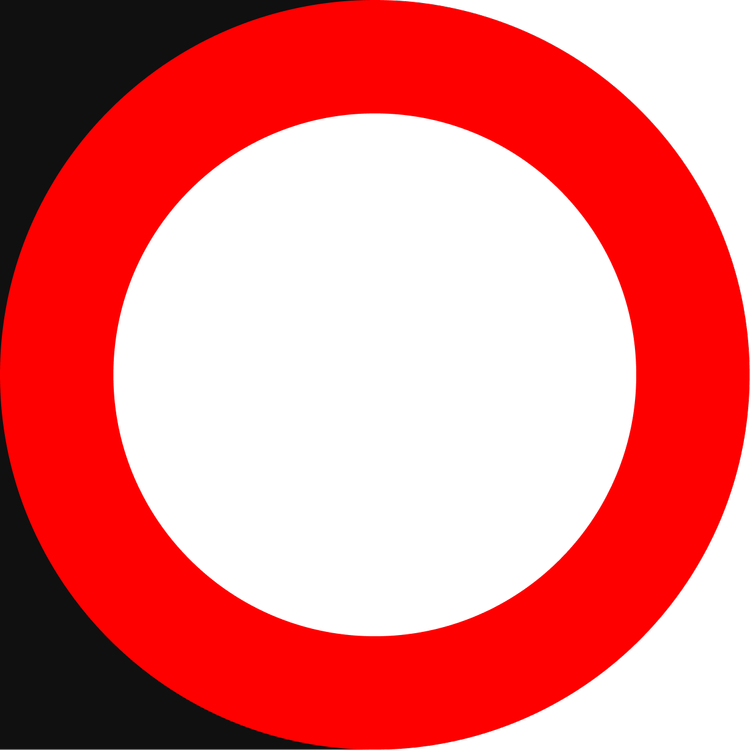As a designer, your portfolio is more than just a collection of your work; it's your calling card, your showcase of skills, and your ticket to new opportunities. Whether you're a seasoned professional or just starting your design career, regularly updating and refining your portfolio is essential to stand out in a competitive industry. In this article, we'll explore the process of updating your design portfolio and offer some tips to help you make a lasting impression.’
Assess Your Current Portfolio: Begin by taking a critical look at your existing portfolio. Which projects are still relevant and showcase your best work? Identify pieces that may need improvement or removal. Remember, quality always trumps quantity.
Choose a Cohesive Theme: A well-organized portfolio should have a cohesive theme or narrative. Decide on a style, color scheme, or design philosophy that ties your work together. This helps potential clients or employers understand your design personality and focus.
Highlight Your Best Work: Your portfolio should showcase your most exceptional and relevant projects. Include a mix of personal and professional work that demonstrates your versatility and creativity. Prioritize projects that align with the type of work you want to pursue.
Tell a Story: For each project, provide context. Explain the problem you were tasked with solving, your creative process and the impact of your design. Storytelling helps viewers connect with your work and understand your problem-solving abilities.
Showcase Diverse Skills: If you have expertise in various design disciplines, showcase them. Whether it's web design, branding, illustration, or UX/UI, demonstrate your versatility. Employers and clients often look for well-rounded designers.
Keep It Updated: Your portfolio should be a dynamic, evolving entity. As you complete new projects, add them promptly. Remove outdated or weaker pieces to maintain a fresh, high-quality collection.
Consider Personal Projects: Don't underestimate the power of personal projects. They allow you to explore your creativity freely and can often be the most authentic representation of your skills and interests.
Responsive Design: Ensure your portfolio website is responsive and mobile-friendly. A significant portion of web traffic comes from mobile devices, so a seamless mobile experience is crucial.
Optimize Load Times: Large, slow-loading images can turn visitors away. Optimize images for web use and use a content delivery network (CDN) to ensure fast load times.
Solicit Feedback: Seek feedback from peers, mentors, or fellow designers. They can provide valuable insights and help you identify blind spots in your portfolio.
Social Media and Online Presence: Share your work on social media platforms and design communities. Engage with others in your field to increase your visibility and network with potential clients or employers.
Stay Updated with Industry Trends: Design trends evolve rapidly. Keep yourself informed about the latest design trends and technologies to remain relevant in the industry.
Include a Contact Page: Make it easy for visitors to get in touch with you. Include a contact page with clear contact information or a contact form.
Stay True to Yourself: While it's essential to stay current with design trends, don't lose sight of your unique style and creativity. Your portfolio should reflect your individuality as a designer.
Examples of how I iterated on the presentation of my portfolio.
Skills are more important than tools.
It depends on the client, but most wouldn’t necessarily care what programs you can use - rather the value you can provide through your skills.
For example:
I can use Photoshop
vs.
I’m an expert in image manipulation and digital painting.
I know how to use After Effects.
vs.
I can illustrate and animate 2D characters.
I can use Figma.
vs.
I can build realistic prototypes for effective usability testing.
If you have a graph showing tools and your level of confidence next to them, remove it. Instead, showcase your skills.
In conclusion, updating your design portfolio is an ongoing process that requires attention to detail and a commitment to showcasing your best work. By curating a cohesive, well-organized portfolio that tells a compelling story about your design journey, you'll stand out in a competitive field and attract the right opportunities. Remember, your portfolio is a reflection of your passion, skills, and dedication to the craft of design.

